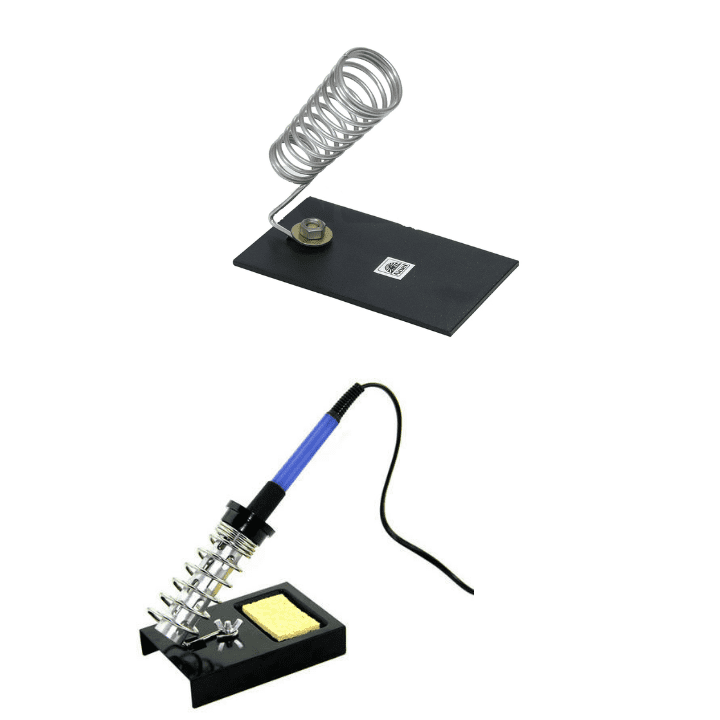Collections in this Category
-
-8%
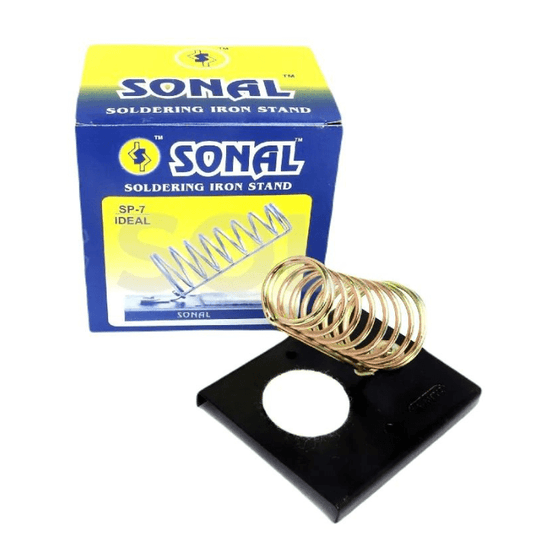
Sonal SP-7 Soldering Iron Stand
Regular price Rs. 54Regular priceUnit price perRs. 59Sale price Rs. 54Incl. GST (No Hidden Charges)Sale -
-28%
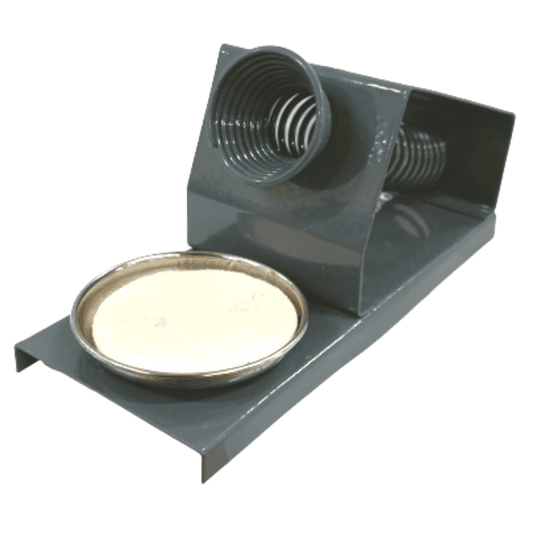
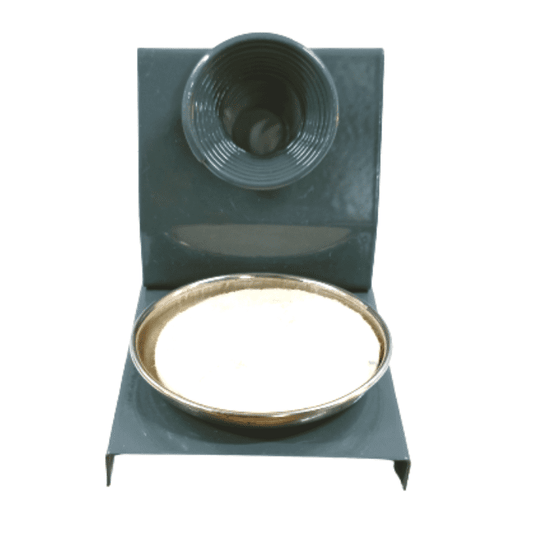
Sonal SP-8 Soldering Iron Stand with Sponge Tray
Regular price Rs. 215Regular priceUnit price perRs. 299Sale price Rs. 215Incl. GST (No Hidden Charges)Sale -
-20%
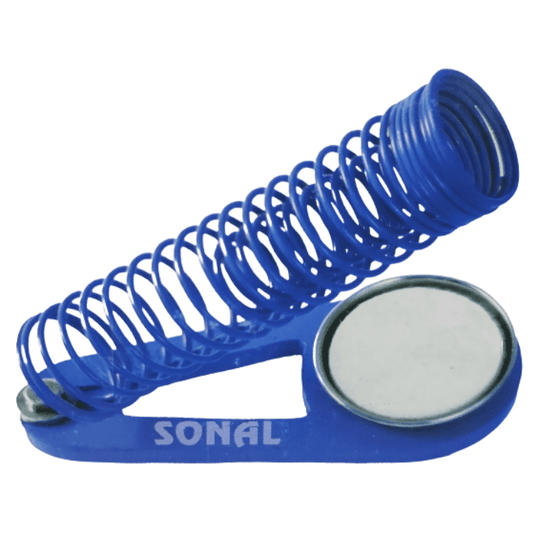
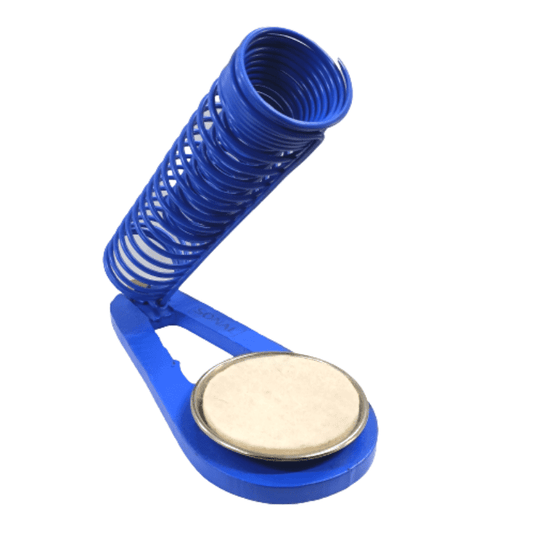
SP-9 Sonal Soldering Iron Stand with Sponge Tray
Regular price Rs. 279Regular priceUnit price perRs. 349Sale price Rs. 279Incl. GST (No Hidden Charges)Sale -
-34%
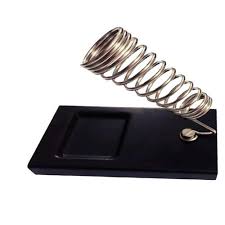
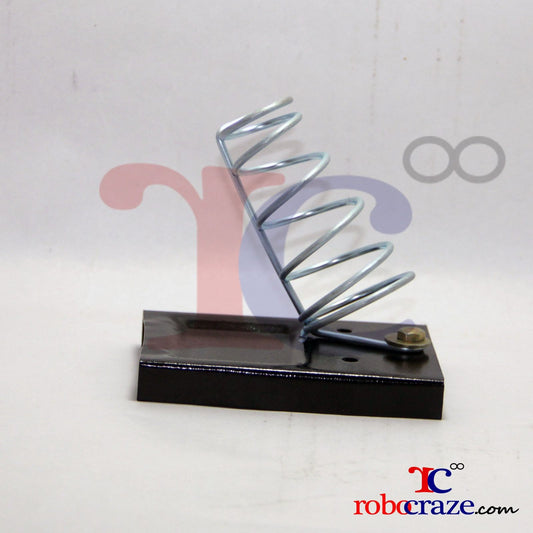
Soldering Iron Stand
Regular price Rs. 47Regular priceUnit price perRs. 71Sale price Rs. 47Incl. GST (No Hidden Charges)Sale -
-12%
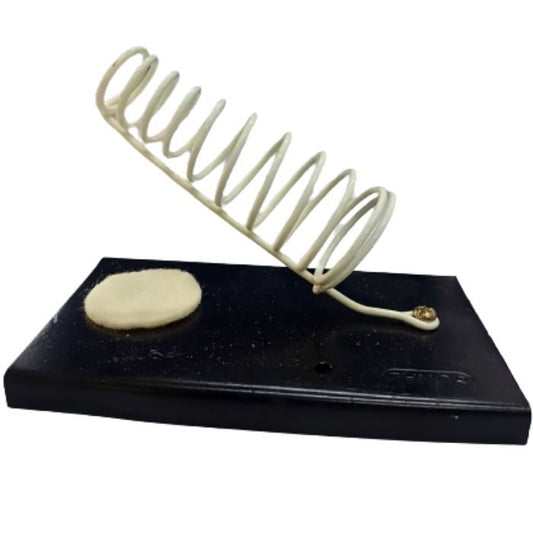
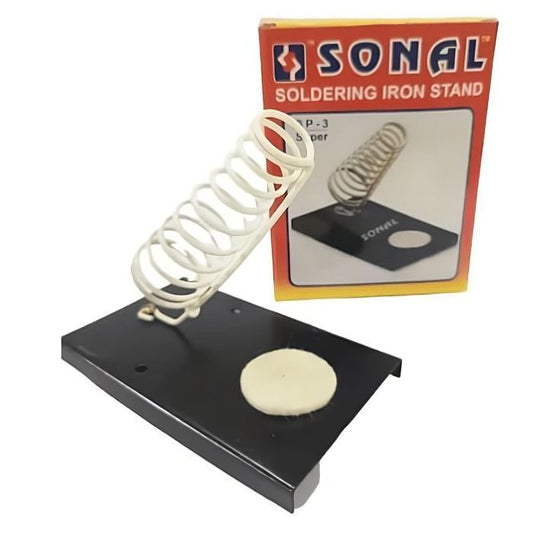
Sonal SP-3 Soldering Iron Stand
Regular price Rs. 65Regular priceUnit price perRs. 74Sale price Rs. 65Incl. GST (No Hidden Charges)Sold out -
-25%
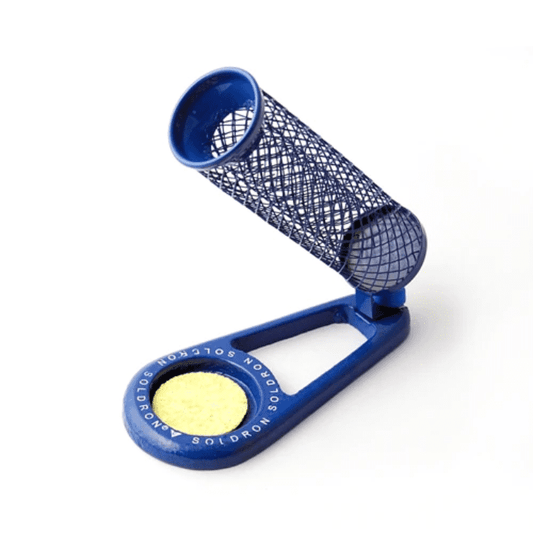
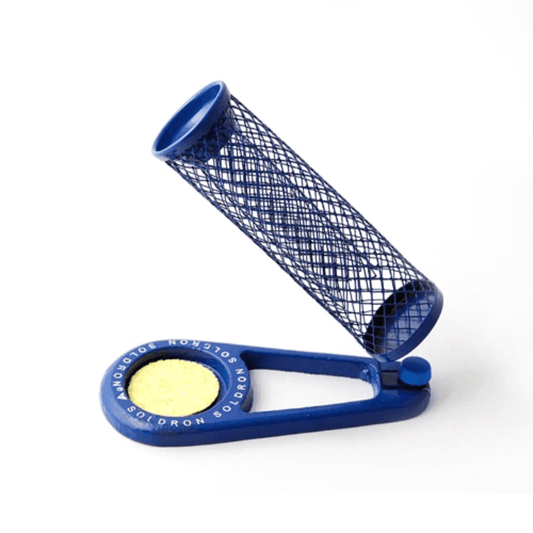
Soldron Soldering Iron Stand with Sponge
Regular price Rs. 313Regular priceUnit price perRs. 420Sale price Rs. 313Incl. GST (No Hidden Charges)Sale
Buy Soldering Stands Online India
A soldering iron stand is a piece of equipment that is used to hold a soldering iron when it is not in use. It is designed to keep the soldering iron in a safe, stable position and to protect the work surface from the heat of the iron.
Soldering iron stands are typically made of metal or ceramic and have a heat-resistant base to protect the work surface. Some soldering iron stands may also have additional features, such as a built-in sponge to clean the iron tip or a place to store soldering accessories.
Soldering iron stands are a useful accessory to have when soldering, as they can help to protect the work surface from heat damage and keep the soldering iron in a safe and convenient position when it is not in use. This can be especially useful if you are working on a project that requires frequent soldering and unsoldering, as it can help to keep the iron within easy reach and prevent it from rolling off the work surface.
FAQs:
1.Do you need a soldering iron stand?
- Soldering iron stands are typically made of metal or ceramic and have a heat-resistant base to protect the work surface. Some soldering iron stands may also have additional features, such as a built-in sponge to clean the iron tip or a place to store soldering accessories. It can help to protect the work surface from heat damage, and it can also help to keep the soldering iron in a safe and convenient position when it is not in use. This can be especially useful if you are working on a project that requires frequent soldering and unsoldering, as it can help to keep the iron within easy reach and prevent it from rolling off the work surface.
2.What is a soldering iron stand used for?
- A soldering iron stand is used to hold a soldering iron when it is not in use. It is designed to keep the soldering iron in a safe, stable position and to protect the work surface from the heat of the iron. Soldering iron stands are a useful accessory to have when soldering, as they can help to protect the work surface from heat damage and keep the soldering iron in a safe and convenient position when it is not in use. This can be especially useful if you are working on a project that requires frequent soldering and unsoldering, as it can help to keep the iron within easy reach and prevent it from rolling off the work surface.
3.How to make a soldering stand?
- Here are some steps you can follow to make a simple soldering iron stand:
- Gather your materials. You will need a base (such as a metal or ceramic plate), a piece of metal or ceramic tubing (to hold the soldering iron), and some adhesive or mounting hardware (to attach the tubing to the base).
- Cut the tubing to the desired length. The tubing should be long enough to hold the soldering iron securely, but not so long that it is unstable or prone to tipping over.
- Attach the tubing to the base. You can use adhesive (such as a strong glue or epoxy) or mounting hardware (such as screws or bolts) to attach the tubing to the base. Make sure the tubing is securely attached and will not move or tip over when the soldering iron is placed in it.
- Test the stand. Place the soldering iron in the stand and make sure it is held securely and does not tip over. Adjust the stand as needed to ensure that it is stable and will not move when the soldering iron is in use.
- Optional: Add additional features. You can customize your soldering iron stand by adding features such as a built-in sponge to clean the iron tip or a place to store soldering accessories.
- With a little creativity and some basic DIY skills, you can make a functional and practical soldering iron stand to suit your needs. The soldering stand is also available at robocraze.
4.What should a soldering iron not touch?
- A soldering iron should not touch any flammable materials or surfaces that could be damaged by the heat of the iron. Some specific examples of materials and surfaces that a soldering iron should not touch include:
- Plastic: Soldering irons generate high heat, and can easily melt or damage plastic materials. Therefore, it is important to keep the soldering iron away from any plastic surfaces or objects.
- Wood: Wood is a flammable material, and can catch fire if it is exposed to the heat of a soldering iron. Therefore, it is important to keep the soldering iron away from wood surfaces or objects.
- Painted or coated surfaces: Soldering irons can damage painted or coated surfaces, such as walls or furniture, by melting or discoloring the paint or coating. Therefore, it is important to keep the soldering iron away from painted or coated surfaces.
- Skin: The heat of a soldering iron can cause burns, so it is important to keep the iron away from skin and other exposed body parts.
5.What are some common mistakes in soldering?
- There are many common mistakes that can occur when soldering. Here are some of the most common mistakes and how to avoid them:
- Using the wrong type of solder: Different soldering applications may require different types of solder. Using the wrong type of solder can result in a weak or faulty joint, or may cause problems with the soldering process. To avoid this mistake, make sure to use the correct type of solder for your application.
- Not using flux: Flux is a chemical agent that is used in soldering to clean and prepare the surfaces being soldered and to promote the flow of solder. Not using flux can result in a poor-quality joint or make the soldering process more difficult. To avoid this mistake, make sure to use flux when soldering.
- Using too much heat: Overheating the soldering joint can cause the solder to vaporize or the components being soldered to be damaged. To avoid this mistake, make sure to use the appropriate temperature setting on your soldering iron and to apply heat only for as long as is needed to melt the solder.
- Not cleaning the soldering iron tip: A dirty or contaminated soldering iron tip can cause problems with the soldering process, such as poor heat transfer or poor-quality joints. To avoid this mistake, make sure to clean the soldering iron tip regularly using a wet sponge or brass shavings.
- Not using a soldering iron stand: A soldering iron stand is a useful accessory to have when soldering, as it can help to protect the work surface from heat damage and keep the soldering iron in a safe and convenient position when it is not in use. To avoid this mistake, make sure to use a soldering iron stand when soldering.
Popular Searches
Raspberry Pi | M5Stack | Development Boards | DIY Kits | 3D Printers/Pens | Arduino | Sensors | Drone Parts | Motors & Mechanical | Display Module | Batteries & Power Supply | Measuring Tools & Instruments | Cables & Connectors | Prototyping Boards | IOT & Wireless
- Choosing a selection results in a full page refresh.
- Opens in a new window.

